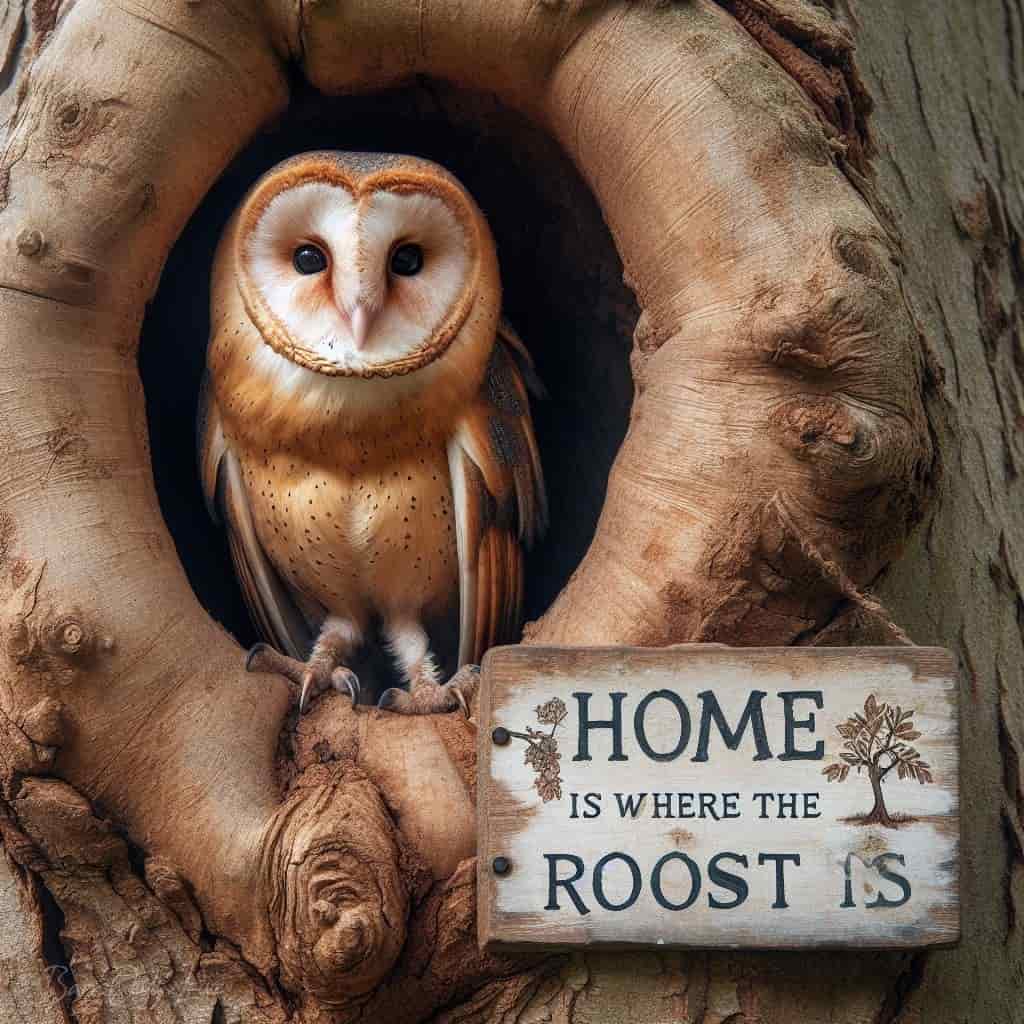Barn owls exhibit remarkable versatility in their choice of roost sites, reflecting their adaptability to a wide range of environments. While they are famously associated with nesting in barns, church steeples, and other man-made structures, their roosting choices extend beyond the confines of human constructions. Natural sites, such as tree hollows, cliffs, and rocky crevices, also serve as favoured roosting spots. The common thread in their selection is often an elevated position that provides a strategic vantage point for observing their surroundings and launching nocturnal hunting expeditions.
Barn owls are nocturnal solitary hunters, and this solitude extends to their roosting habits. During daylight hours, when they seek refuge from the prying eyes of diurnal predators, barn owls prefer secluded and concealed roosts. These solitary nooks provide a haven for rest, shelter, and the conservation of energy, allowing them to maintain peak hunting efficiency during the cover of night. This solitary nature extends to their choice of roosting sites, minimizing disturbances and competition for resources.
Daytime roosting is a crucial aspect of barn owl behaviour. As creatures adapted to the night, they require secure and sheltered retreats during daylight hours. Dense vegetation, tree hollows, and hidden spots within structures serve as daytime roosting sites. These locations not only shield them from potential predators but also offer respite from the elements, ensuring that they remain well-rested and ready for the nocturnal pursuits that define their existence.
While barn owls are predominantly solitary, there are instances of communal roosting, particularly in areas rich with prey and favourable hunting conditions. Communal roosting is a testament to the dynamic nature of their social interactions. In regions where multiple barn owls share proximity, communal roosts may form, allowing individuals to benefit from shared knowledge of successful hunting grounds.
Roosting habits undergo dynamic shifts during the breeding season. When courtship rituals give way to nesting duties, the dynamics of roosting change. The male may select a strategic roost site that provides a panoramic view of the nesting territory, allowing him to vigilantly guard against intruders. The female, especially during the incubation and chick-rearing phases, may roost in proximity to the nest for efficient parental care. These nuanced shifts in roosting behaviour during breeding underscore the intricate strategies barn owls employ to ensure the success of their progeny.
Barn owl roosting exhibits a seasonal choreography that mirrors the ebb and flow of nature. During colder months, when the chill permeates the night air, barn owls may seek roosts that offer greater insulation and protection from the elements. Warmer seasons, on the other hand, might see them opting for roosts that provide better ventilation, ensuring thermal comfort. The seasonal choreography in their roosting habits reflects not only their adaptability but also an intuitive response to the changing rhythms of the natural world.
Barn owls are avid practitioners of site fidelity, once a suitable roost is discovered, these birds often return to it repeatedly. This fidelity extends to nesting sites as well. The reliability of familiar roosts and nests contributes to the establishment of territories, the optimization of resources, and a sense of security that bolsters their territorial instincts, so if you are lucky enough to attract a barn owl to your nest box they make sticks around for a while if you look after their environment.
